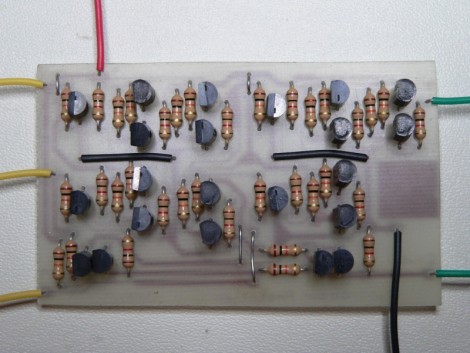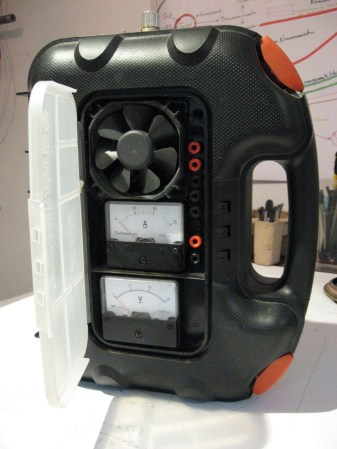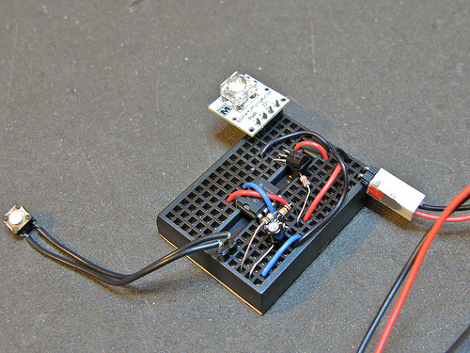
[Simon Inns] has put together a lesson in digital logic which shows you how to build your own gates using transistors. The image above is a full-adder that he fabricated, then combined with other full adders to create a 4-bit computer.
Don’t know what a full adder is? That’s exactly what his article is for, and will teach you about binary math and how it is calculated with hardware. There’s probably at least a week’s worth of studying in that one page which has been further distilled into the five-minute video after the break. Although building this hardware yourself is a wonderful way to learn, there’s a lot of room for error. You might consider building these circuits in a simulator program like Atanua, where you can work with logic gate symbols, using virtual buttons and LEDs as the outputs. Once you know what you’re doing with the simulator you’ll have much more confidence to start a physical build like the one [Simon] concocted.
Finding this project a little too advanced? Check out our Beginner Concepts articles to help get you up to speed.
Continue reading “Intermediate Concepts: Building Discrete Transistor Gates”

















